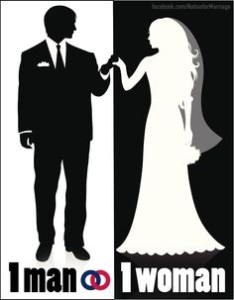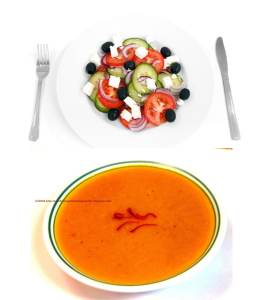
This particular poster does not propagate diversity and inclusion, and instead could contribute to a hostile work environment.
UPDATE June, 2020. This blog was written 5 years ago. Things have changed so much. I no longer support the use of the language “All Lives Matter” since that minimizes and denies the grave injustice of racism that Black people face.
My current position: I feel I need to respond to those people, when they see a “Black Lives Matter” post or picture, respond back with “All Lives Matter.”
Yes, all lives do matter but at this time we have to focus more on the extreme injustice done to black people. How many white people are shot while they jog through a neighborhood? How many unarmed white men are killed by police over a minor offense? How many white teenagers are shot walking through their neighborhoods? Let’s not hide behind this “all lives matter” rhetoric to avoid discussing the scourge of racism in this country.
* * * * *
Do check out the links to some additional blogs about diversity and inclusion at the bottom on this page!
As a diversity consultant, I do get into a lot of interesting discussions. One discussion which can be quite controversial is around people who believe that it is their right within diversity to issue derogatory or “less than” statements about other groups. I believe that is totally unacceptable and not part of legitimate diversity and inclusion. Let me explain and provide some examples.
First, I do want to share that the diversity topic has progressed over the decades from diversity and tolerance to diversity and inclusion. Tolerance is more about accepting difference, sometimes even grudgingly. Inclusion means to fully accept others who are different as equals, deserving of full equal rights, and realizing that the workplace and the world are stronger because of the diversity that is in it. Diversity and inclusion should be a competitive advantage for companies that want to win in the marketplace and organizations that want to provide superior customer service.
So what is NOT legitimate diversity and inclusion? It is anything that propagates that one form of diversity is the only form acceptable, or is superior to other forms of diversity.
An example – let’s assume a man may want to place a poster in his work space that says “Marriage = One Man + One Woman” and claim that is his right under a company’s diversity policy. I disagree. This poster creates a hostile workplace for those in same gender relationships since its intent is to declare that only heterosexual relationships are legitimate. It would be far better for this employee to show his love for heterosexual marriage with a photo of him and his wife with a caption such as “I love my marriage” or “I love my wife.” This celebrates his diversity as a heterosexual man without putting down other options.

This poster shares its message in a positive and inclusive way. See note above – as of June, 2020, I do not agree totally with this particular message
So what about supporting the “Black Lives Matter” campaign in the workplace? That is fine because it makes a statement about supporting the diversity of Black people without minimizing those of another race. What would not be acceptable is a poster that states “ONLY Black Lives Matter” or “Black Lives Matter MORE.”
Human Resources Diversity Practitioners will need to continue to educate all in the workplace that diversity and inclusion is a practice that values and includes everyone without putting others down or propagating that one aspect of diversity is better than another.
# # # # #
ADDITIONAL DIVERSITY AND INCLUSION RELATED BLOGS:
A blog that explores the two theories of diversity – melting pot and salad bowl.
“The Various Growing Types of Diversity” – over the past decades, diversity has expanded so much further beyond the gender and race areas.
A discussion on “Diversity as a Key Strategic Initiative.”
The Business Case for Diversity also provides a methodology for developing a financial business case to invest in diversity programs.
And finally – “Three Components of Diversity and Inclusion Training.”

